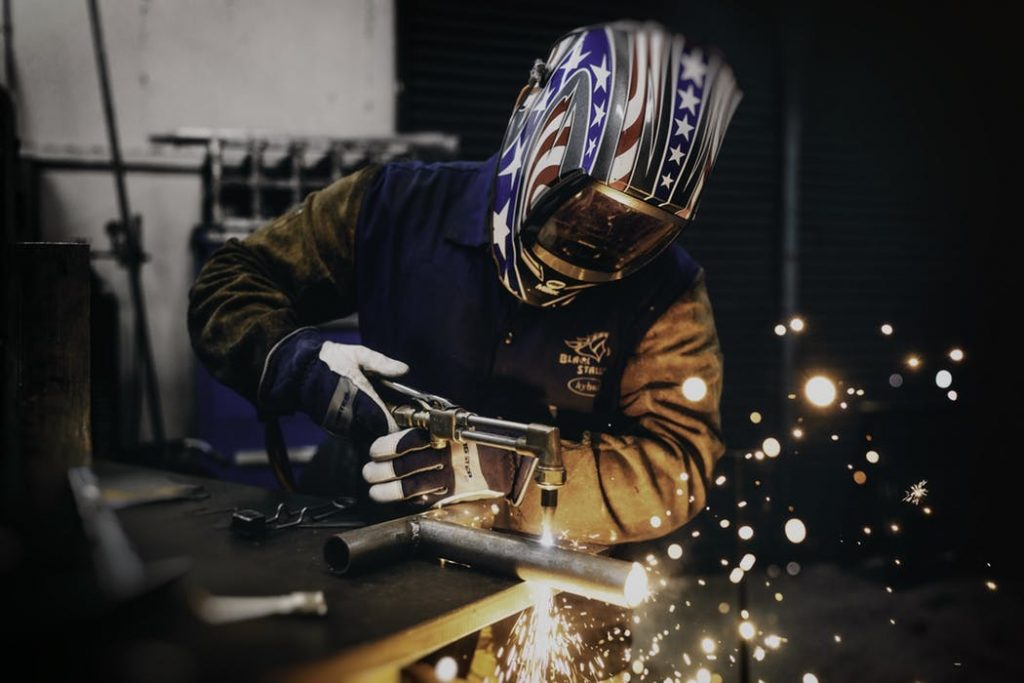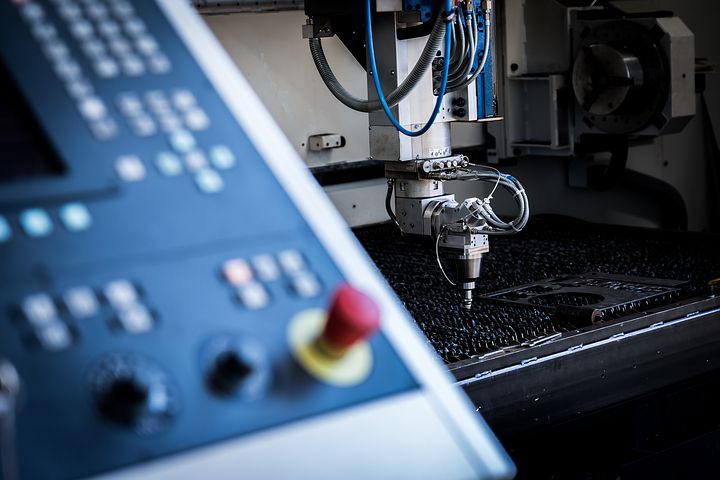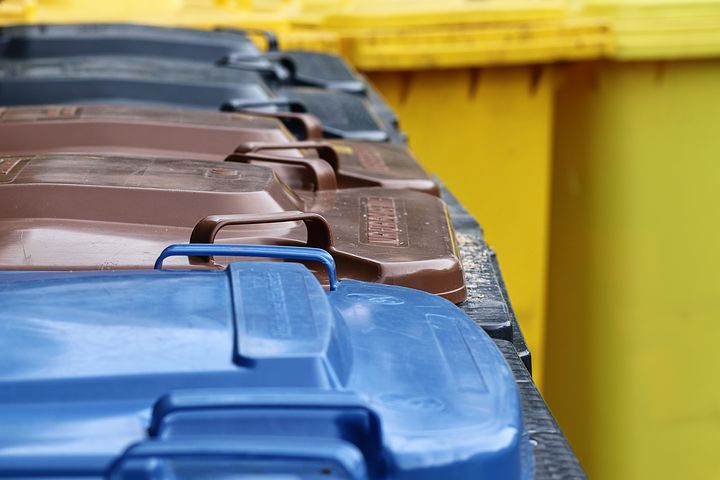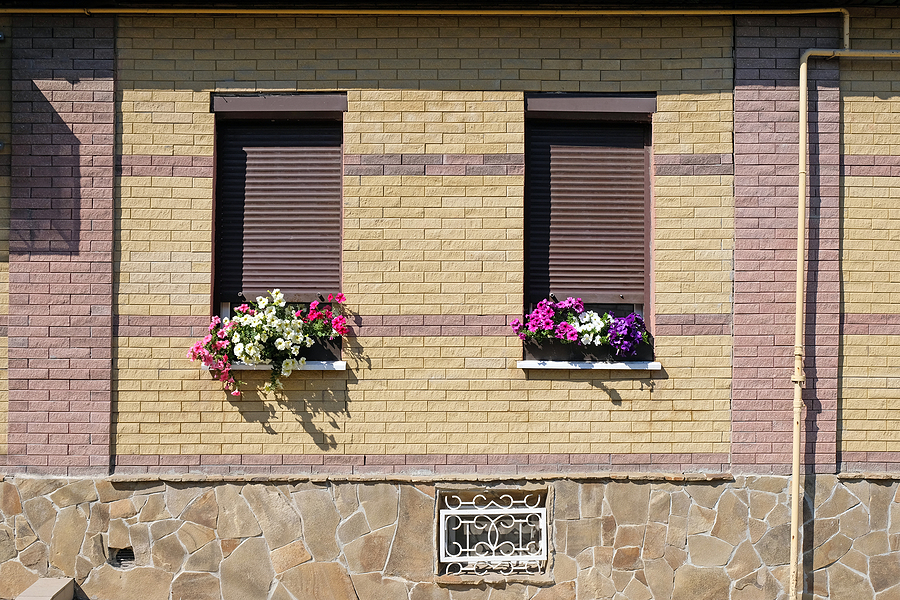As you might guess from the name, a laser cutter is made to cut materials with a laser beam. They’re used for a number of different applications, from trimming materials to cutting complex patterns and shapes into items. The machines can also be used to etch, bevel or shade pieces by heating up materials and removing the top layer of them. It’s a versatile tool that it used both by small hobbyists and for large industrial applications such as manufacturing or prototyping. They are a powerful and affordable tool for bringing design ideas to life.
How does a laser cutter work?
There are a number of different types of laser cutter tools on the market but they are all work in the same basic way, by using a concentrated beam to cut or burn materials. Intense light is concentrated through mirrors into a cutting head. The beam is then projected onto materials to cut, burn or etch it. The differences between laser cutter options are the types of the beam which have different power levels and can cut different thicknesses of materials.
What is a laser cutter?

A laser cutter is basically a computer numerical controlled (CNC) machine which means they can be programmed and controlled by a computer. Designers can use software programs to design different products or prototypes and program the files into the machine to be cut onto materials on the cutting bed. They are a very versatile tool because they can be used to make many different types of designs and can be used to cut all kinds of materials include wood, paper, cardboard, acrylic, and many other kinds of materials.
What are the types of laser cutter?
You’ll find three main types of laser cutter available on the market, these include; C02 machines, fibre machines and neodymium machines. They are built in a similar way and perform similar functions but have different power ranges and are used to cut through different types of materials at different thicknesses.
C02 machines use a gas mixtures (usually mostly carbon dioxide) to generate electricity and create the beam. C02 machines are the most popular type and are a favourite for hobbyists. They have a lower power range and are less expensive and more efficient than other types of machine. They can be used with many types of materials including wood, cardboard, leather, acrylic, glass and plastics.
Neodymium machines use neodymium crystals and have a much higher intensity compared to C02, making them more suitable for thicker materials such as metal, plastics and ceramics.
A fibre machine uses fibre to create electricity and amplify the beam, they are more flexible in terms of their intensity and are good for many different kinds of applications. Fibre machines offer more electrical efficiency and higher cutting speeds. They are capable of cutting everything from paper to stainless steel and are capable of cutting reflective materials like copper, brass and aluminium.
What can you do with them?
You can do all kinds of projects if you have a machine and understand the software. They have a wide variety of applications for many different industries, from hobbyists to engineering, manufacturing, or product design. The technology can also be paired with other fabrication techniques to create highly complex products, designs, and structures. Hobbyists love them because they are very useful for a wide variety of products, from engraving to wood burnings, or cutting out intricate patterns in a variety of materials. The amount of investment ranges depending on the type and power of the machine. Maintenance needs and software requirements for machines also vary.



